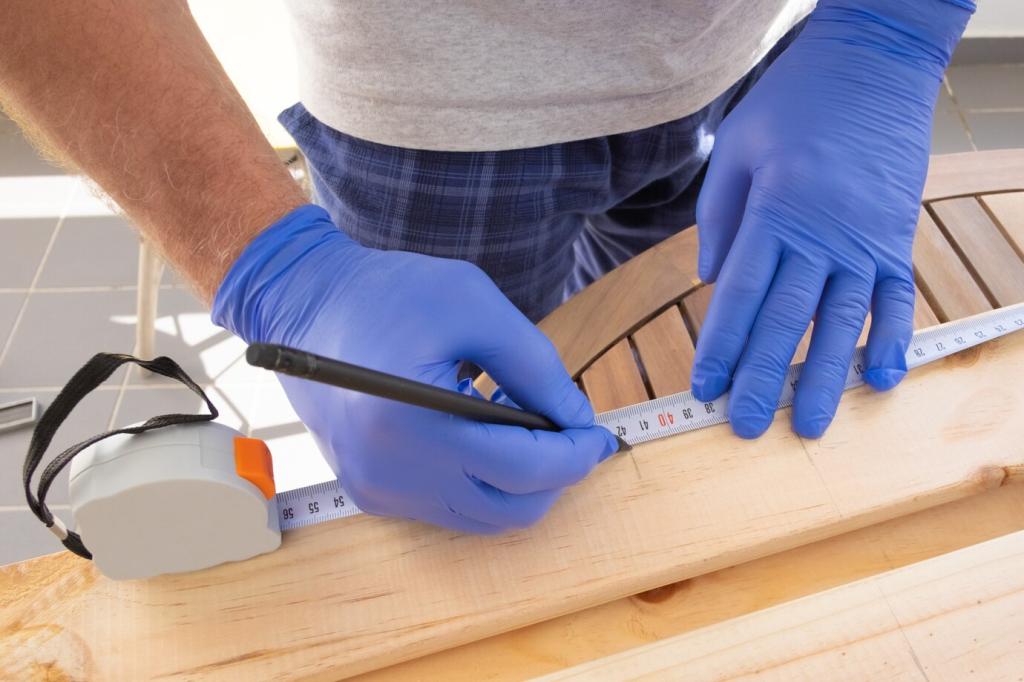
Embrace Biodegradable Furniture Protection Treatments
Chosen theme: Biodegradable Furniture Protection Treatments. Welcome to a warm, practical guide for people who love their furniture and the planet, blending science, stories, and hands-on tips you can trust.
Understanding the Eco Science of Protection
A biodegradable furniture treatment is designed to return to nature through microbial action, leaving minimal residues. It protects surfaces during use, then decomposes responsibly when retired, reducing waste streams and supporting regenerative material cycles.
Many biodegradable finishes aim for ultra-low volatile organic compounds to reduce odors and headaches. Look for transparent technical sheets, child-safe compliance like toy safety standards, and credible third-party certifications that confirm emission limits in real living spaces.
Effective protection resists moisture rings, daily abrasion, and sunlight that can dull grain and bleach color. A well-chosen biodegradable finish preserves tactile warmth and tone, ensuring your table or chair feels alive while aging gracefully and repairably.
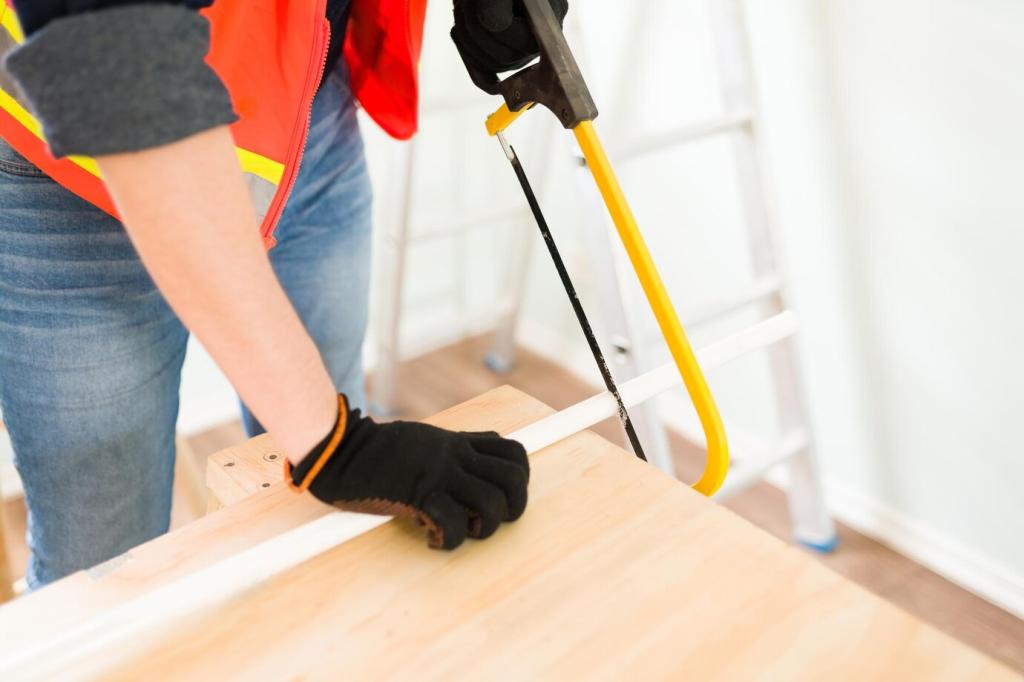

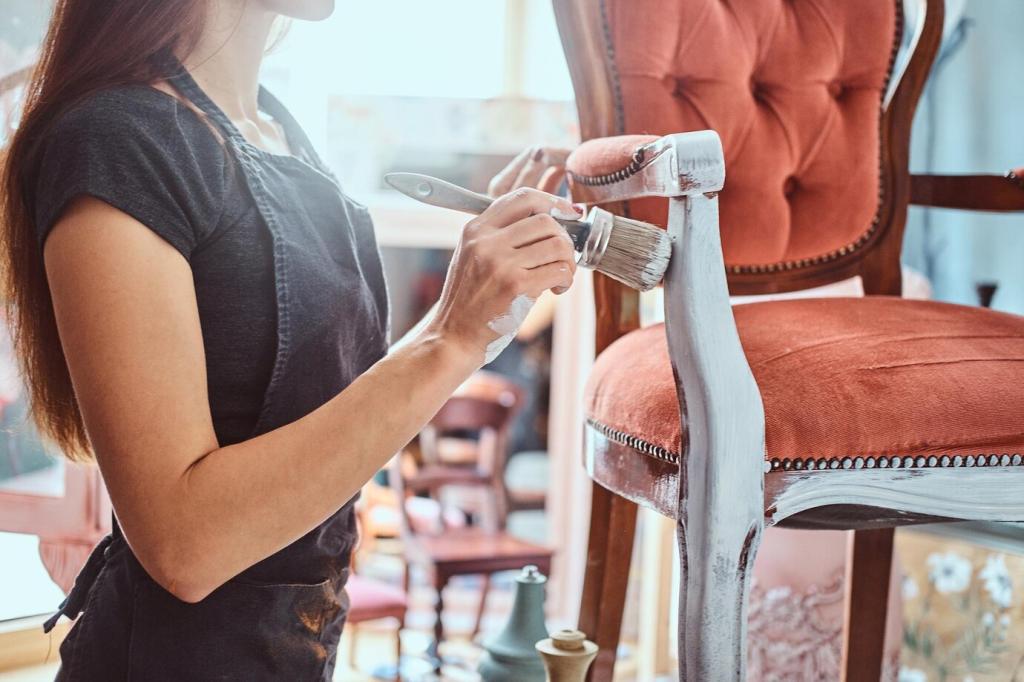
Ingredients That Respect Wood and Planet
Linseed, tung, and hemp oils penetrate fibers, highlighting grain with mellow depth, while beeswax and carnauba provide a breathable surface sheen. Together they form a flexible, renewable matrix that can be renewed easily without sanding to bare wood.
Ingredients That Respect Wood and Planet
Next-generation dispersions derived from plant starches and natural resins deliver clear, durable films with minimal odor. They reduce flammability risks, clean up with water, and pair well with pigments or UV absorbers for longer lasting, non-yellowing protection.
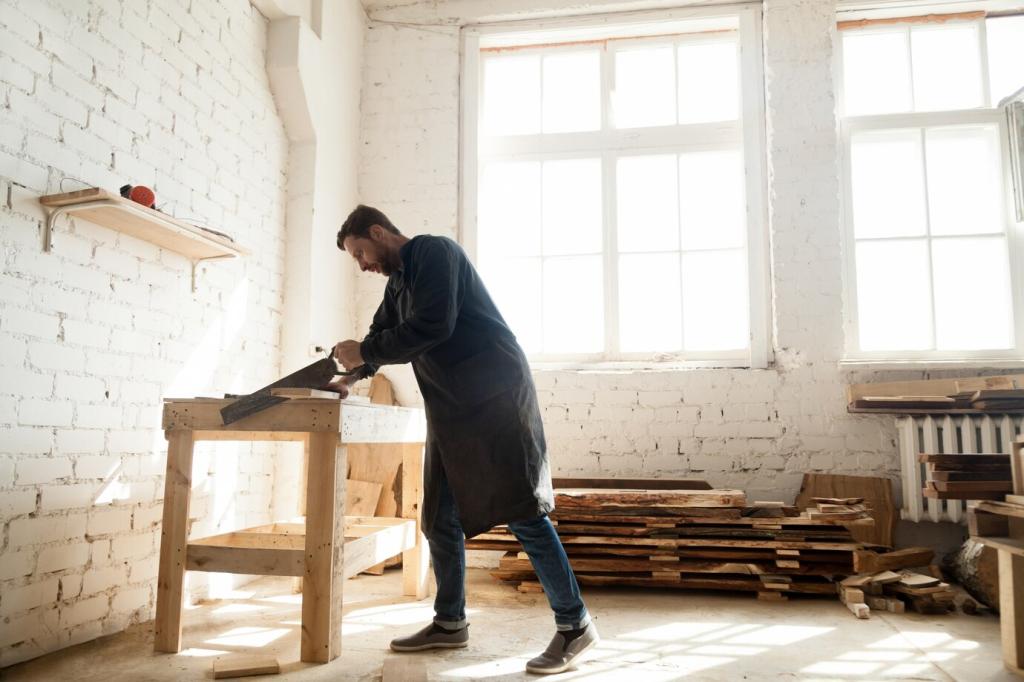
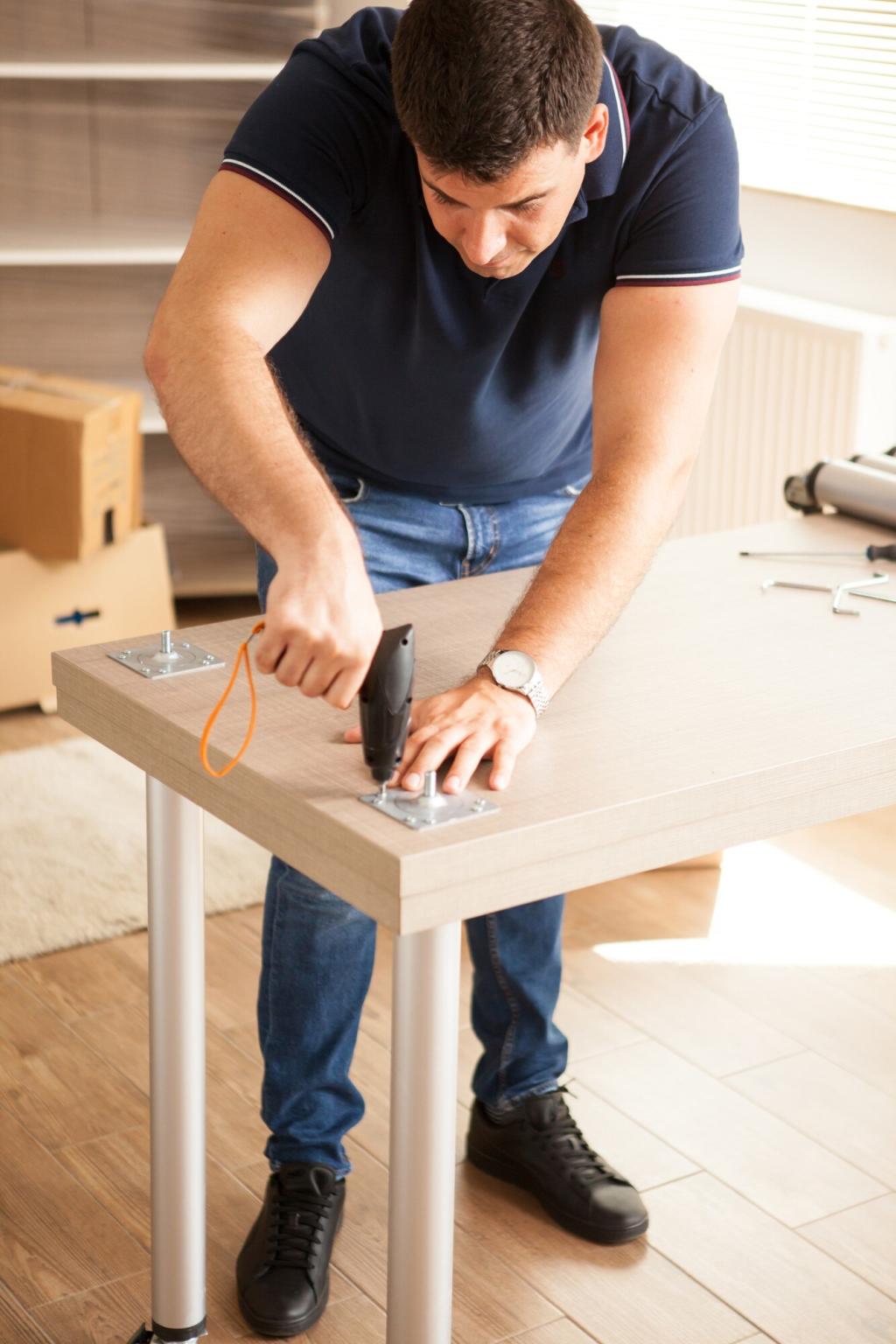
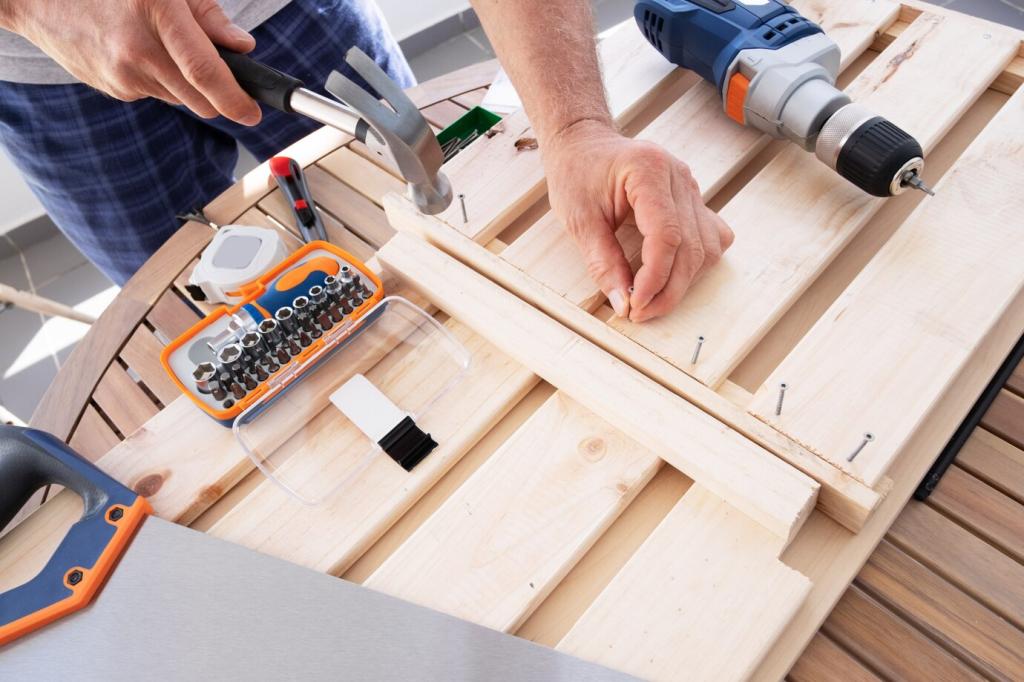
Stories From Real Rooms

A reader revived an inherited oak table with two coats of plant oil and a thin wax topcoat. After a year of coffee cups, citrus slices, and weekly wipe-downs, no cup rings appeared, and touch-up buffing kept the surface silky and bright.

DIY Blends or Ready-Made Choices
Simple Kitchen Table Recipe
A cautious DIY blend might combine food-grade mineral-free beeswax with polymerized linseed and a touch of pine resin for hardness. Melt gently, stir thoroughly, and test on scrap. Always label jars, note proportions, and record drying behavior before touching treasured pieces.
When to Choose Commercial
For high-traffic counters or commercial dining tables, choose tested waterborne bio-polymers with published abrasion and stain data. Clear documentation and batch consistency reduce surprises, helping teams meet schedules while keeping emissions low and cleanup simple.
Budget, Time, and Peace of Mind
DIY saves money and offers custom tones, but demands testing and patience. Ready-made finishes cost more per liter yet save hours. Tell us which path fits your project, and we can assemble comparison guides based on your specific furniture and timeline.
Circularity and End-of-Life Thinking
01
Compostability With Care
Small, fully cured rags and sanding dust from biodegradable formulas may enter industrial compost in some regions. Always verify local guidelines and avoid contamination. Air-dry oily rags flat for safety, then dispose according to municipal rules to prevent hazards.
02
De-Finishing for Reuse
When a new look is needed, biodegradable treatments often strip or refresh more easily than hard synthetics. Gentle abrasives, citrus-based solvents, and patience reveal clean fibers with less waste, enabling refinishing instead of replacement and preserving cherished memories.
03
Responsible Purchasing Choices
Prefer concentrates, refill stations, and recyclable packaging. Choosing suppliers who disclose ingredients encourages better industry standards. Comment with brands you trust, and we will compile a community-sourced list of transparent makers supporting long-lasting, repairable furniture.
